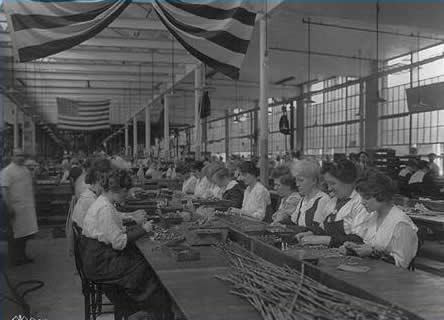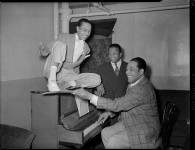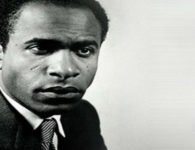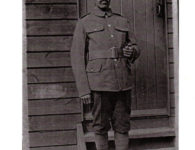BY WALTER OPINDE
On this day, June 5, 1920, one of the United States Government agencies within the U.S. Department of Labor, the Women’s Bureau, was created by the Congress.
The U.S. Women’s Bureau was established by the Congress on June 5, 1920, merely two months before women achieved the right to vote. The bureau continues to discharge its responsibility of carrying out Public Law 66-259, as stated in the 29th U.S.C. 11-16.29 (1920). Its enabling legislation gives it the duty to formulate policies and standards, which aims at promoting the welfare of wage-earning women, improving their working conditions, increasing their efficiency, and advancing their opportunities for profitable employment. The Women’s Bureau later collaborated with the Women’s Educational and Industrial Union and the National Consumers League, thereby beginning to research and advocate for women workers effectively.
For more than seven decades, the Women’s Bureau has been a strong voice and a helping hand for the working women. Although its policy emphasis and program direction have necessarily changed with time, the Bureau’s current and future roles are formulated out of its past. Upon its creation with the Congress, the Bureau was given the mandate “to formulate standards and policies which shall promote the welfare of wage-earning women, improve their working conditions, increase their efficiency, and advance their opportunities for profitable employments.” During the time of its formation, women worked for long hours, often within unhealthy and unsafe environments. As well, they received very low wages.
Such oppressive conditions prompted women’s organizations to urge the Congress to come up with a Federal agency that would investigate and document the work life and conditions for women; hence recommend the possible changes. As such, during its early stages, the Bureau documented the need for female labor reforms. After the Fair Labor Standards Act was passed in 1938, establishing the first Federal wage and hour law, the Bureau worked to extend coverage to additional workers.
During the 1940s, after the start of the Second World War, the Bureau helped the Nation meet its need for female industrial workers, while men served in the military. Women were thereby encouraged to enter the labor force while the Bureau worked with industry leaders to develop training programs for the newcomers. As well, the Bureau encouraged the development of children’s care centers in order to provide adequate care for the children of the working mothers. During the 1970’s, women joined the workforce in increasing numbers. The Bureau worked for women’s greater access to employment and training opportunities as well as to the careers of their choice.
Currently, from its position in the Office of the Secretary of Labor, the Bureau participates in departmental policy-making and program-planning and serves as a coordinating body in the Department of Labor for programs affecting women. Both regional and national offices work cooperatively with women’s organizations and commissions for women, the private sector, unions, program operators, educational and training personnel, social service agencies, and government at all levels.
In order to uphold its position at the forefront of issues, the Bureau initiates and supports research on different related fields, and conducts analyses in economic, social, and legislative areas; hence, coming up with policy recommendations. It also tests innovative ideas and approaches through demonstration projects that help prepare women to enter or re-enter the workforce, move into new areas of work, or move up in their careers. On the international level, the Bureau participates actively in high-level policy development for the working women. Currently, and in the future, the Women’s Bureau will remain not only a strong voice that advocates policies but also a helping hand that activates programs to assist working women and potential workers, thereby carrying out its congressional mandate as set in 1920.
Read more of the related stories via:
https://www.dol.gov/wb/info_about_wb/about_wb.htm
https://www.dol.gov/wb/info_about_wb/interwb.htm





















No comments